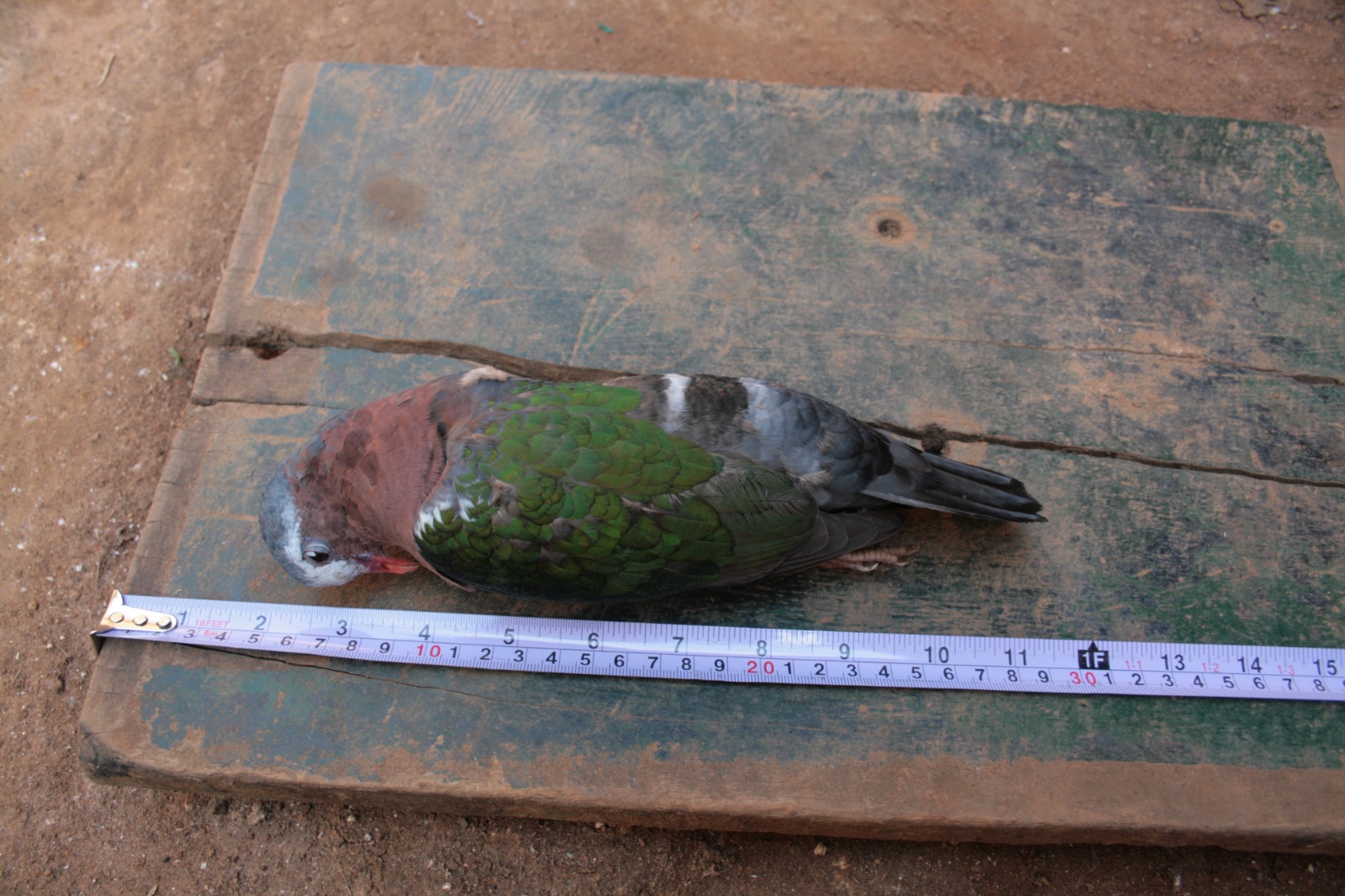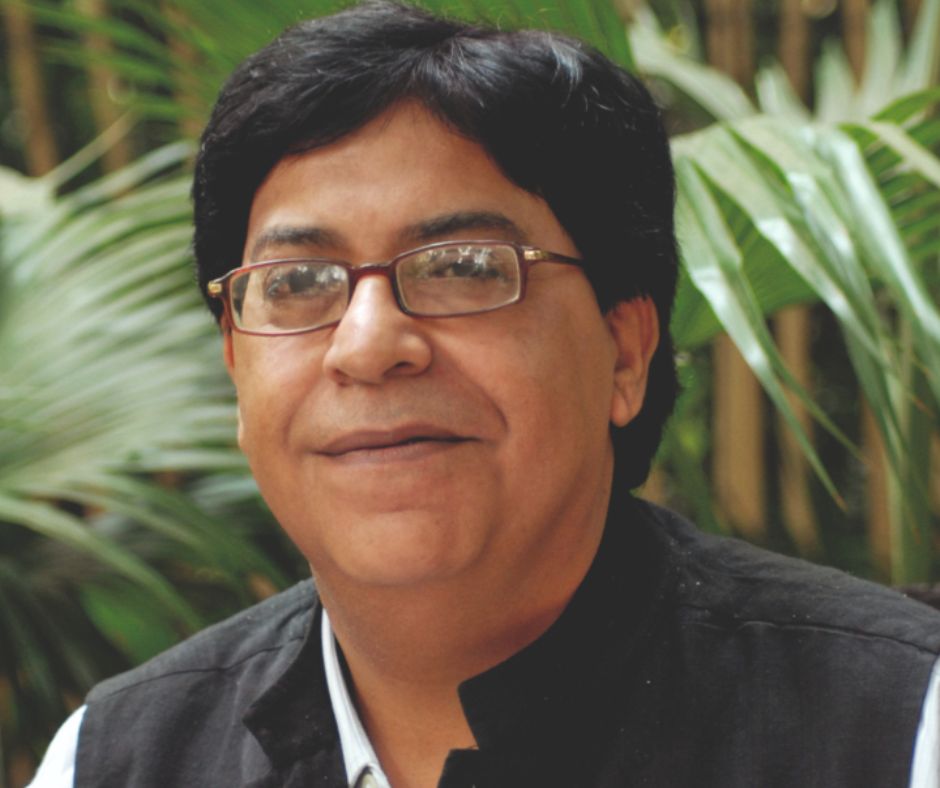A camel is a horse designed by a committee. So goes a popular snide remark. Unfortunately, in some organizations that comes to be true. I have been; on and off, part of the IIA both in some kind of role in some committee there as well as being a fringe award winner in one of the JIIA awards. (A special award on research was conferred on me in 1991 — why that was “special” is a story for another day)
Let me not elaborate on what ills plague the IIA. It may make this article sanctimonious and lengthy. Instead, I have some humble recommendations that I hope will see some resonance somewhere.
I often make the following note about teachers and education:
We need to prepare our students for the future; instead of reinforcing our impression of the past. Be it past glories, past ways of practising architecture, past theories…
Sabu Francis
Along the same lines, a professional body such as IIA should be set up in such a way that it stands the test of time ahead of us and not the ones gone by. This obviously means that the focus should be on how architecture is currently being practised and theorized. And also, how it would need to evolve in the future.
Here are my points
1. To offset the camel that may poke into the tent and occupy IIA’s decision space; we need a much more inviting method of taking decisions. This complex world cannot handle relying purely on the committee’s decisions.
Fortunately, digital technology can create DAO (Decentralized Autonomous Organizations) where decision-making can be spread among the entire body of the organization. This is not a far-fetched point. It is already happening in several organizations. Many of the young architects would wonder (rather, should wonder) why this was not implemented in IIA. They will surely feel the effects when both the IIA and the architects grow up and are using outdated models of organizing themselves.
2. Editorial freedom is an important virtue that should not be compromised. What else would distinguish a professional body from a self-aggrandizing club? What else would distinguish a professional journal from a magazine? In this day and age of multiple ways of making income, it reflects quite poorly on the organization if they cannot think of ways of supporting the organization other than taking sponsorship from parties with vested interests.
Several years back, I provided the online journal technology for the Indian Journal of Medical Ethics (IJME). The journal never allowed any advertisements. Today, that online journal has grown up in stature. They now use a different technology. Yet, there is no way you can pay for anything in that journal even today.
That is how the reputation of IJME is preserved, and it has won its way as one of the leading medical journals in the world.
Now someone may point out that IJME is a journal dealing with ethics. I want to stop such people right there: If you do not think that architecture has to do with ethics, then maybe I am preaching to the wrong choir.
3. At this point, the following question will naturally arise: How will the IIA get funds, if it does not ask for sponsorships? The answer is that there are many; which do not violate our professional freedom of expression. Let me list a few.
3a: IIA should develop a rating system for various aspects of the built environment. Such as rating flooring material, paint etc. The rating should be awarded on scientific grounds and set up by sub-committees; each one looking into one category.
In today’s day and Internet age, it is possible to have anonymous sub-committee members opining on such ratings. Why do they need to be anonymous? So that they don’t get manipulated by commercial interests. Such sub-committees have anonymous members (with no member knowing who else is appointed) This form of decision-making is called “The Delphi Method”. Look that up as I don’t want to make this article long. The Delphi method was used in several critical projects such as sending a man to the moon, etc.
There is not one building material which is always considered “bad” as the use of building materials is always contextual. Hence, there is no harm if some ratings are 1 star or 2 stars — they too can find their niches in their appropriate context.
In short, this kind of professional rating will attract everyone from the building industry and IIA can make much more money — and that too in a non-manipulatable manner – than the current system of sponsorships. The repercussions of the activities of IIA would be a lot more positive. We would get quality conferences, without interruptions from sponsors who insist that their building material is the most superior.
If you think this kind of rating system has never been done by professional bodies, let me point out to ASHRAE — they have had a systematic method of rating HVAC products and services for quite some years now.
3b: IIA can at least publish a building material directory with expert comments from architects — if what I stated above is going to take time. That building material directory should be published separately from the journal and should have absolutely no connection whatsoever to the material turning up in the journal.
3c: IIA can have an education wing which can offer certifications to architects and others in the building industry; at a cost. There are many areas that are not covered by conventional architecture college education. Such as finance, business administration and many others. When architects can put up such professional certificates in their offices, they would be considered more trustworthy by their clients.
3d: IIA can explore sideways the definition of “architecture” itself and open up many more areas where revenues can come in. Not just for the organization but for the entire body itself. The Internet is offering a new definition of “space” — Many conventional architects are possibly the only blinkered lot who think architecture happens only if we leave some spaces around built matter. The youth are already living in virtual spaces of social media, etc.
With VR/AR and many such technologies coming in; we should not be the last set of professionals looking into the new kind of space. In fact, the situation on the Internet is quite hungry for professional architectural knowledge and theories.
Currently, that space is invaded by quacks who have no clue about architecture and who are opining on how spaces are to be used in the virtual world. This kind of “usurping” our knowledge space has happened before — with fake vastu experts and quacks; talking of Feng-Shui with absolutely no clue about what architecture really is, dipping into our revenues.
4: IIA should be quite scrupulous in associating the body with all kinds of tools — especially software tools. Currently, the software has become the means of mass manipulation. See how Facebook or Google works and makes money. The current crop of BIM and CAD software are agents to ensure that data of building materials get placed into designs — so that they can sell more of their stuff.
Instead, IIA should be instrumental in setting up a research division that should be able to come up with neutral assessments of such software tools. We all know that tools make us humans — but software tools can distort the human too.
Conclusion
In conclusion, my final point here is about my intention to make these recommendations: If you note that I have not spoken on what IIA should be doing in its day-to-day affairs of the organization — other than pleading that it should be forward-looking and not looking at archaic ways of conducting its work.
I have only tried to reinforce the deepest foundations of such a future-looking IIA.
Will it make money in an ethical way to uplift the body? Will it get protected from editorial manipulation? Will it cater to the changing world due to the new spaces emerging from the Internet? Will it respect the needs of fresh and young architects who have a bigger runway than the old ones?
All the activities that such an organization would do should emerge naturally from the working of the organization as a whole. I personally have several points to say on how our body should be uplifted but let me reserve that for now. Let me not assume that everyone would have the same points.
Such decisions should come out of a healthy debate where everyone in the body, not just the executive committee, should participate. Only then can we drive the camel off from our tent?
I can see all that being done ONLY with DAOs. Just take a look at the open-source movement in software and look at the excellent quality of work that is emerging in that area. Along similar lines, a DAO is an “open-source organization” Look that up on the Internet and see how much change those organizations are bringing to this world.








4 Responses
professional communication must positively increase
आप कहते रहेंगे.
वो absent हैं.
I always admire your thought proces
s Sabu and your futuristic vision
The ideas are worth pondering